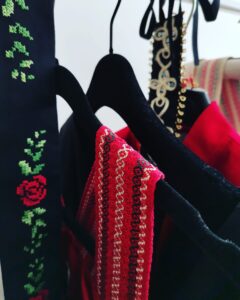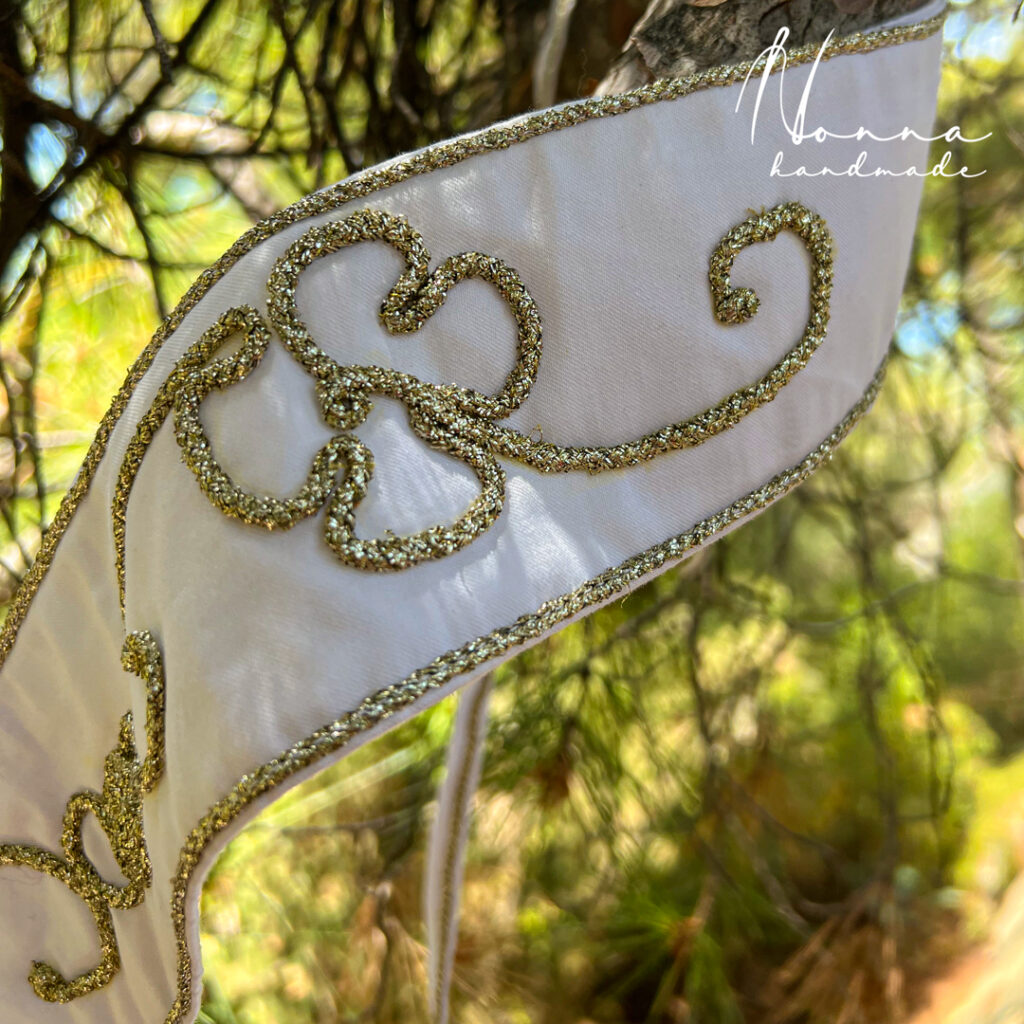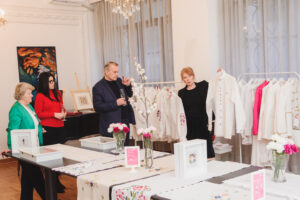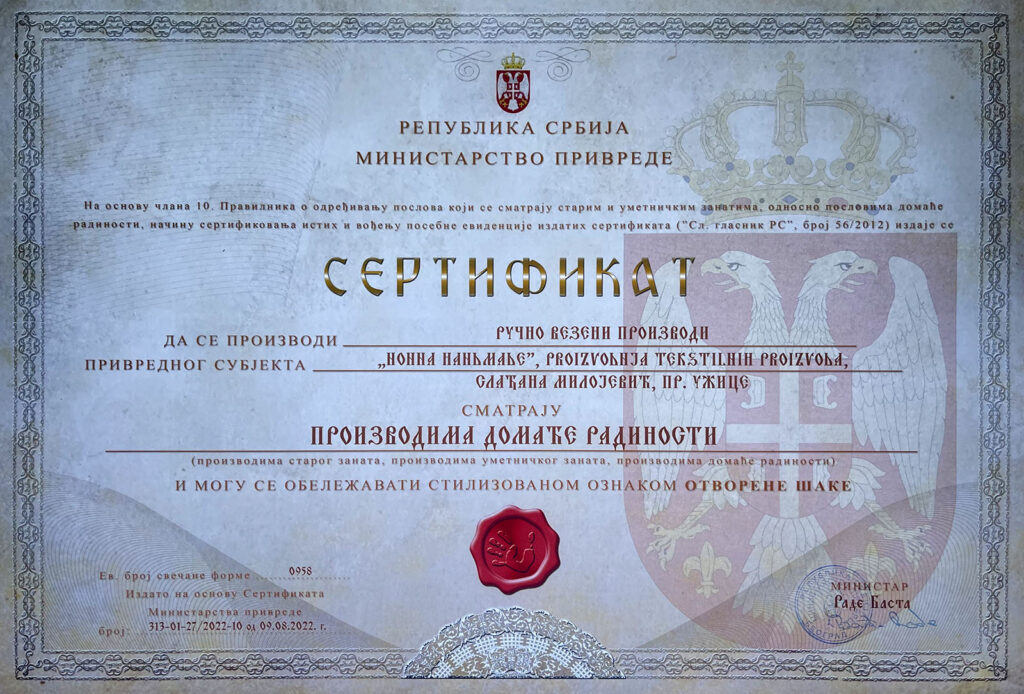
Nonna odeća koja čuva identitet
Nonna handmade studio se jasno pozicionira kao brend koji neguje kulturnu baštinu kroz savremeni dizajn, sa fokusom na ručnu izradu, autentičnost i personalizaciju. Nonna handmade studio je prostor gde tradicija postaje savremena elegancija.Inspirisani autentičnim motivima iz srpske narodne i gradske nošnje 19. i 20. veka, stvaramo unikatne komade odeće i





